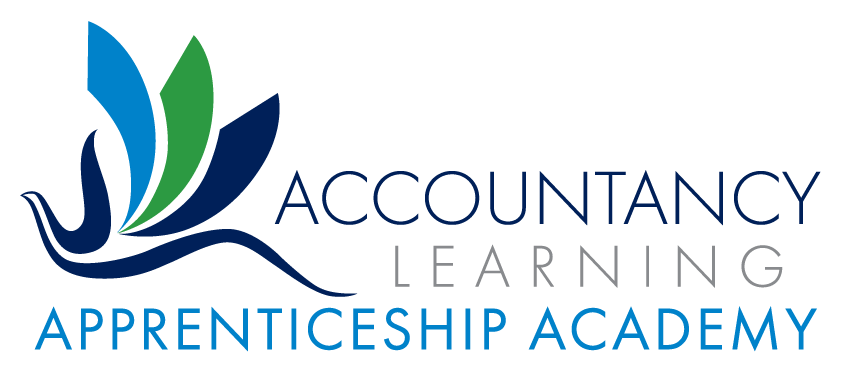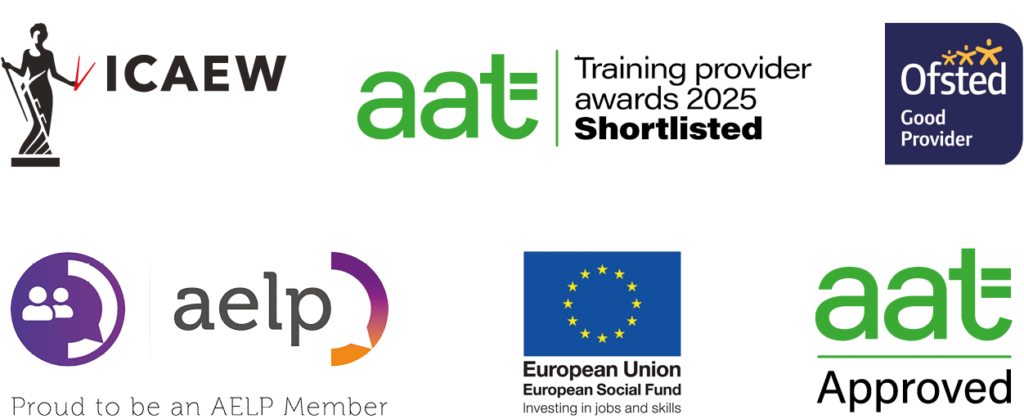The Apprenticeship Levy applies to all employers with payroll costs of more than £3 Million p.a. These employers will pay a levy of ½% on the excess over £3 million via the PAYE system into a digital apprenticeship account. This is calculated on a monthly basis.
They can then use this to contribute to any apprenticeship training purchased. If not used, these funds will “expire”, currently after 2 years. If the levy paid into their Apprenticeship Service account has been fully utilised by the cost of the apprenticeship training provided, 95% of the additional training cost is covered by a contribution from the government and the remaining 5% from the employer.
If your payroll costs are less than £3 Million p.a. you will not pay the Apprenticeship Levy. However, since January 2020, you can register on the Digital Apprenticeship Service to enable us to access funding in the same way as for levy-paying employers. The employer contribution to the course fees is currently limited to 5%.
However, you may be able to access free apprenticeship training if the apprentice is aged 16-18 and you employ less than 50 staff.
In addition, all employers should be entitles to an incentive of £1,000 where their apprentice is aged 16-18 on the date they are signed up to their apprenticeship.
If you do not pay the Apprenticeship Levy you can reserve your funding with the Apprenticeship Service three months before your apprentice’s expected start date. NB This period was reduced from six to three months from 1 November 2021. You can extend the three-month period by a further two months if you require more time for the apprentice to start. However, the reservation will expire at the end of the extended period if no commitment has been made with the Apprentice Service by then.
The previous cap of 10 apprentice registrations per year has been removed.
We appreciate the funding aspect of apprenticeship training can be confusing and it does change from time to time. Your Training Provider can talk you through the current funding elements and training cost implications.






